Xiamen, a dynamic port city on the southeast coast of China, is celebrated for its island charm, subtropical climate, and fusion of Minnan culture. Whether you’re ferrying across to the UNESCO-listed Gulangyu Island, strolling along seaside boulevards lined with palm trees, or savoring seafood in a bustling night market, Xiamen delivers an experience both relaxing and vibrant. With a perfect mix of historic temples, leafy university campuses, and cutting-edge art districts, the city enchants travelers seeking both tradition and modernity.
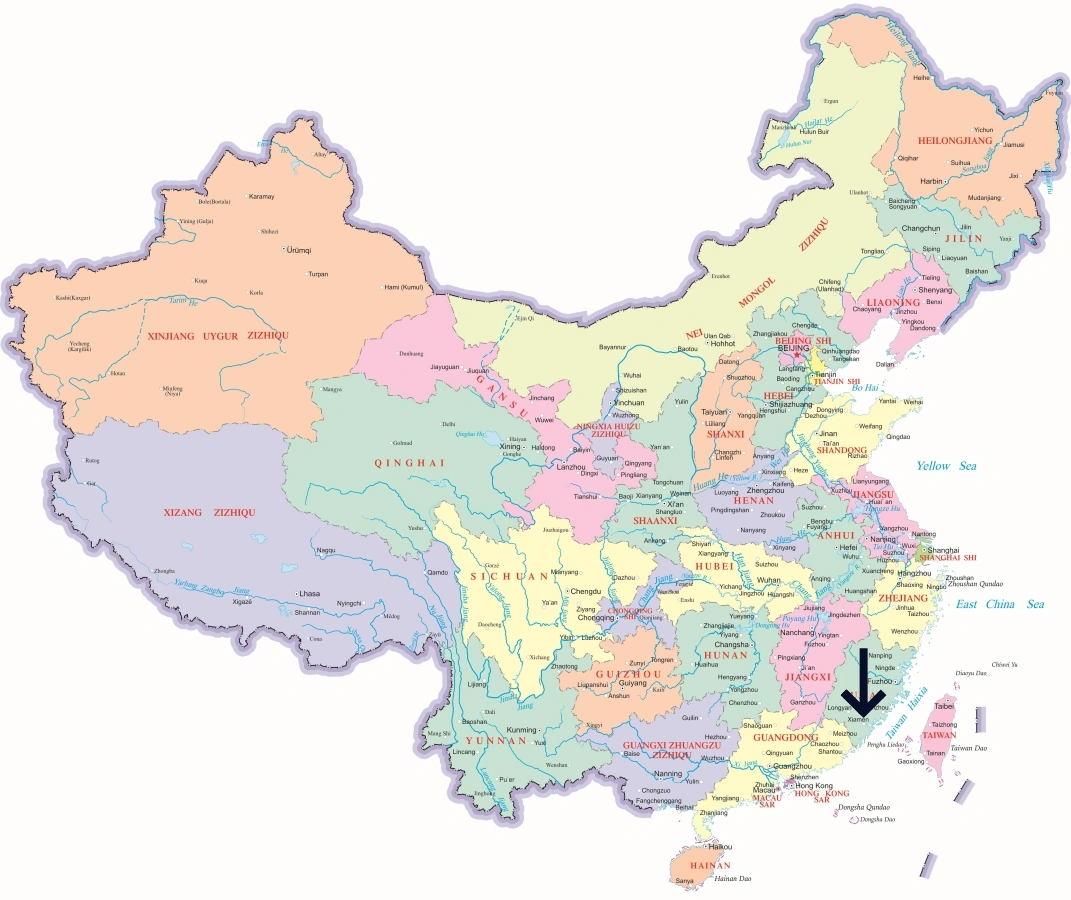
Xiamen’s highlights stretch from colonial heritage to coastal beauty. Wander the car-free lanes of Gulangyu Island, admire the red-brick architecture at Xiamen University, and find peace at the centuries-old Nanputuo Temple. Browse shops and snack stalls on Zhongshan Road Pedestrian Street, soak in creative vibes at Shapowei Art Zone, or unwind amid lush landscapes at the Xiamen Botanical Garden. For sunset views, head to Bailuzhou Park or the seaside promenade, where city lights meet ocean breezes.
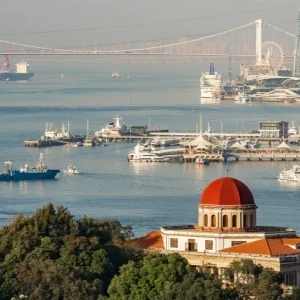
A UNESCO World Heritage Site, Gulangyu Island is famous for its colonial architecture, piano culture, and seaside views. With no cars allowed, it offers tranquil lanes, historic villas, and vibrant cultural attractions.
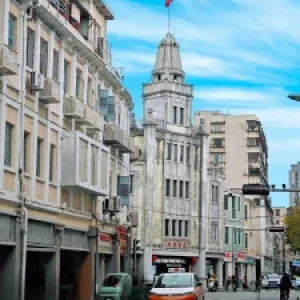
Zhongshan Road Pedestrian Street is Xiamen’s most bustling shopping area, lined with traditional arcades, snack stalls, and modern stores. Visitors can enjoy local delicacies, souvenirs, and lively night scenes.
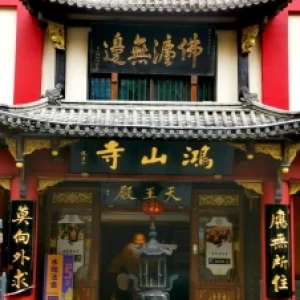
Dating back to the Tang dynasty, Hongshan Temple is a serene Buddhist site surrounded by lush hills. It features impressive halls, tranquil courtyards, and offers a peaceful retreat from the city.

The Xiamen Botanical Garden, also called Wanshi Botanical Garden, is a scenic oasis with thousands of plant species, unique stone formations, and lakes. It’s a great spot for walking and photography.
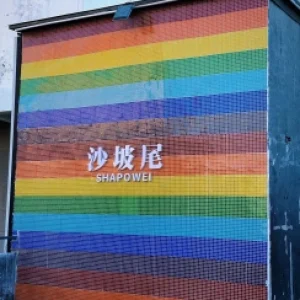
Shapowei Art Zone is Xiamen’s creative hub, filled with graffiti walls, indie cafes, art studios, and boutique shops. It blends old harbor charm with a modern artistic vibe, attracting young travelers.
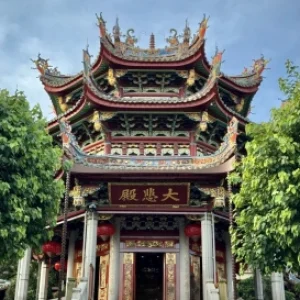
Nanputuo Temple, at the foot of Wulao Mountain, is one of Xiamen’s most famous Buddhist temples. It features ancient halls, statues, and a sacred atmosphere, popular with pilgrims and tourists.
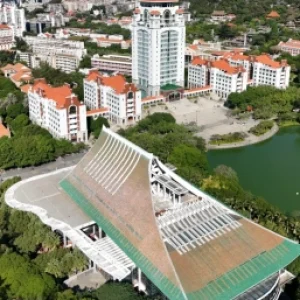
Often called the “most beautiful university in China,” Xiamen University is known for its seaside campus, elegant architecture, and cultural landmarks. It’s open to visitors and a great photo spot.
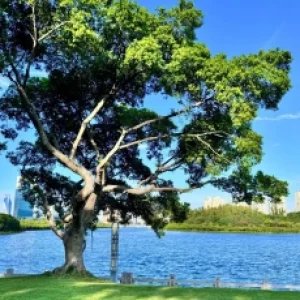
Bailuzhou Park is a large waterfront park in central Xiamen, popular for leisurely strolls, family activities, and skyline views. It’s a green escape offering lakes, sculptures, and open spaces.
As a coastal city, Xiamen offers seafood-rich flavors and unique Fujian snacks. Slurp a bowl of savory Shacha Noodles, sample crispy Oyster Omelette, or try refreshing Tu Sun Jelly made from sand worms. For warming comfort, order Ginger Duck hotpot, while desserts like Grass Jelly and Four-Fruit Soup keep you cool in summer. Street stalls and family-run eateries make Xiamen a paradise for adventurous foodies.
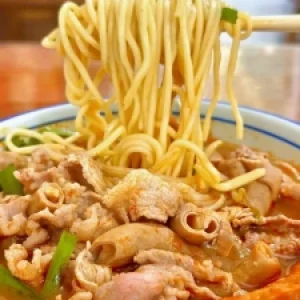
Shacha Noodles is a Xiamen specialty featuring noodles in savory shacha sauce made from peanuts, garlic, and spices. Topped with seafood, beef, or pork, it’s flavorful and deeply satisfying.
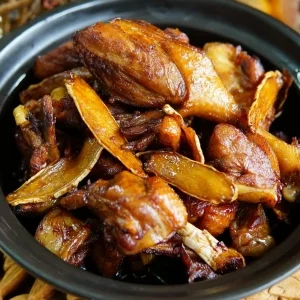
Ginger Duck is a warming dish cooked with rich duck meat, ginger, and Chinese herbs. Popular in cooler months, it’s aromatic, nourishing, and believed to promote circulation and wellness.
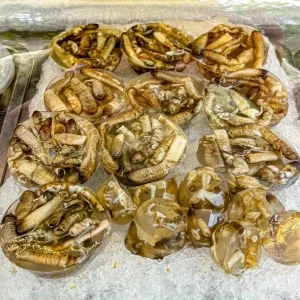
Tu Sun Jelly is a unique Xiamen delicacy made from sand worms, chilled into a clear jelly. Served with vinegar, garlic, and chili sauce, it’s refreshing, savory, and surprisingly delicate.
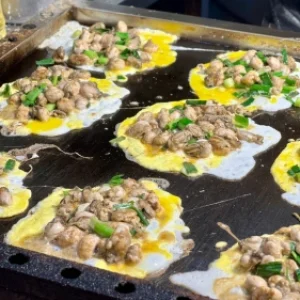
The Oyster Omelette is a beloved Fujian snack, combining fresh oysters, eggs, and sweet potato starch. Pan-fried to crispiness, it’s topped with a savory sauce, delivering chewy, juicy, and flavorful bites.
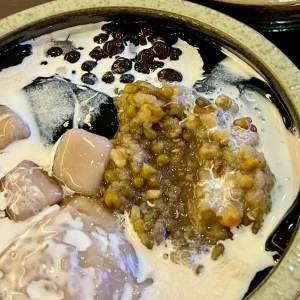
Grass Jelly Dessert, or Shao Xian Cao, is a cooling herbal jelly made from mesona. Served with toppings like taro balls, beans, and boba, it’s sweet, refreshing, and perfect in summer.
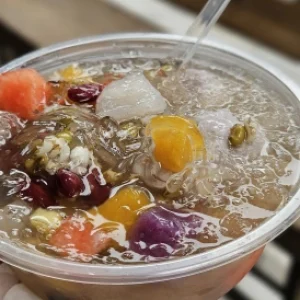
Four-Fruit Soup is a traditional sweet dessert made with tropical fruits, beans, jelly, and crushed ice. Colorful and refreshing, it’s a popular summer treat in Xiamen to beat the heat.
Xiamen’s compact size makes it easy to navigate. A well-connected metro system and frequent buses cover major districts, while taxis and ride-hailing apps are inexpensive. Ferries shuttle visitors to Gulangyu Island within 10 minutes. For scenic rides, rent a bicycle along the seaside Huandao Road. Xiamen Gaoqi International Airport (XMN) links the city with global destinations, and high-speed trains connect you to Fuzhou in under an hour or Shenzhen in about three.
Luxury seekers can stay in international hotels along Bailuzhou with skyline views and easy access to nightlife. Boutique hotels and guesthouses on Gulangyu Island offer colonial charm and quiet evenings. Budget travelers enjoy hostels near Zhongshan Road for food and shopping, while families appreciate staying close to Xiamen University and Nanputuo Temple for convenience. Coastal resorts in Xiang’an or Huandao Road are perfect for a beach holiday atmosphere.
With attractions, food, and transport all within reach, Xiamen invites you to craft a balanced itinerary. Spend mornings wandering through botanical gardens or seaside parks, afternoons exploring historic temples, and evenings savoring street snacks under lantern-lit alleys. Don’t miss a ferry ride to Gulangyu Island for colonial mansions and live piano performances. Add a day trip to nearby Tulou villages in Fujian countryside for a taste of UNESCO heritage.
The best time to visit is spring (Mar–May) and autumn (Sep–Nov), when temperatures are mild and skies are clear. Summers can be hot and humid with typhoon risk, while winters remain relatively warm compared to northern China. Avoid Golden Week (first week of October) when crowds peak. Carry small bills for snacks, but Alipay and WeChat Pay are widely accepted. An umbrella or light raincoat is useful year-round.
Xiamen is a sub-provincial city in Fujian Province and one of China’s five Special Economic Zones. It covers about 1,700 sq km (mainland and islands) with a permanent population of approximately 5.2 million.
Here’s a breakdown by district:
Note: Population numbers are based on the latest estimates and may vary slightly.
Xiamen has a subtropical monsoon climate, featuring mild winters, hot and humid summers, and frequent rainfall, especially during the typhoon season (July to September). Its maritime location makes the weather more moderate compared to inland Fujian.
Here’s what to expect month by month:
Best travel season: April to November, with October and November considered the most comfortable months.
Here are the postal and telephone codes for major districts in Xiamen:
Explore detailed travel guides for China’s most popular cities, covering attractions, local food, accommodations, and transportation tips.

 English (US)
English (US)